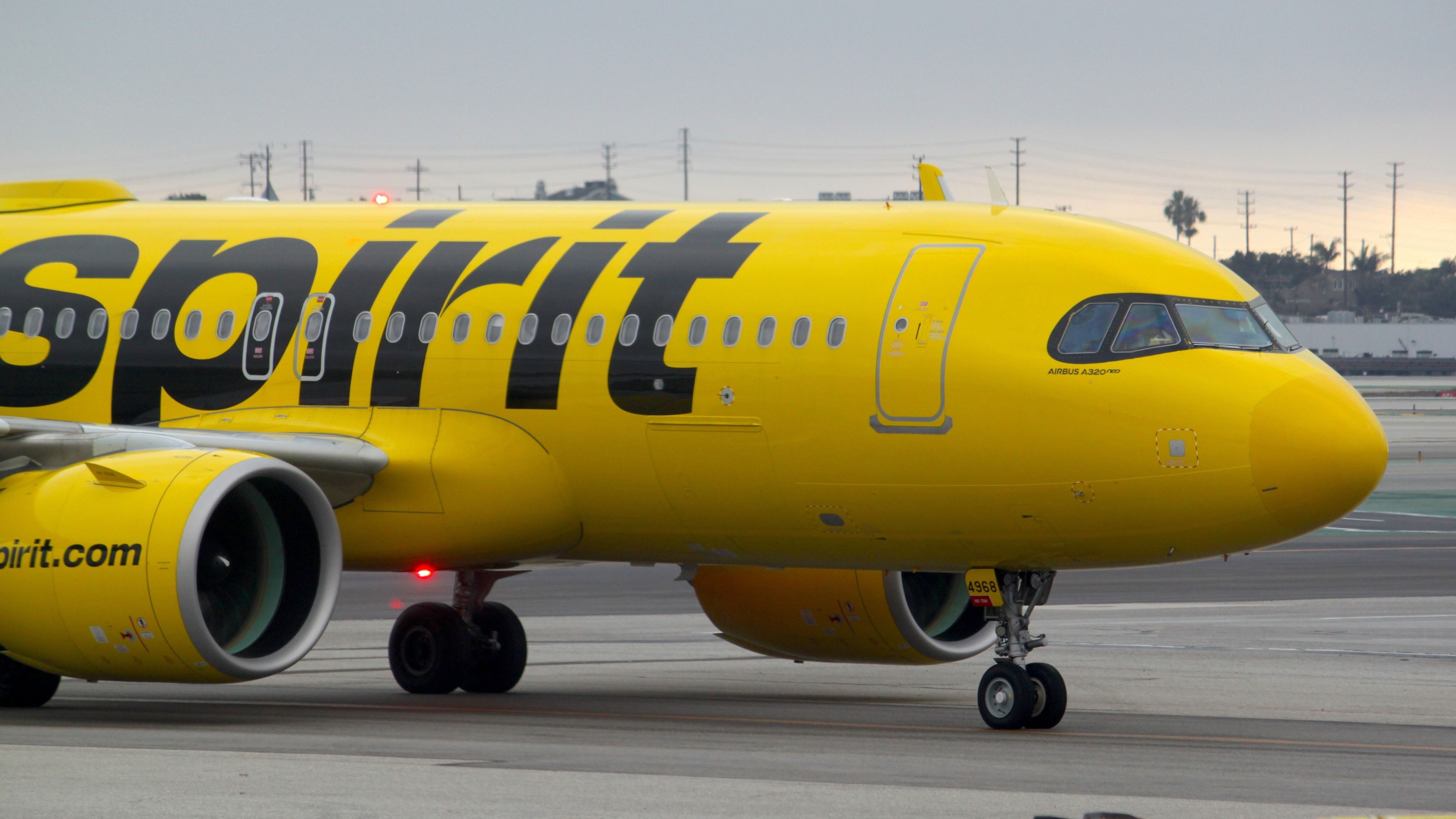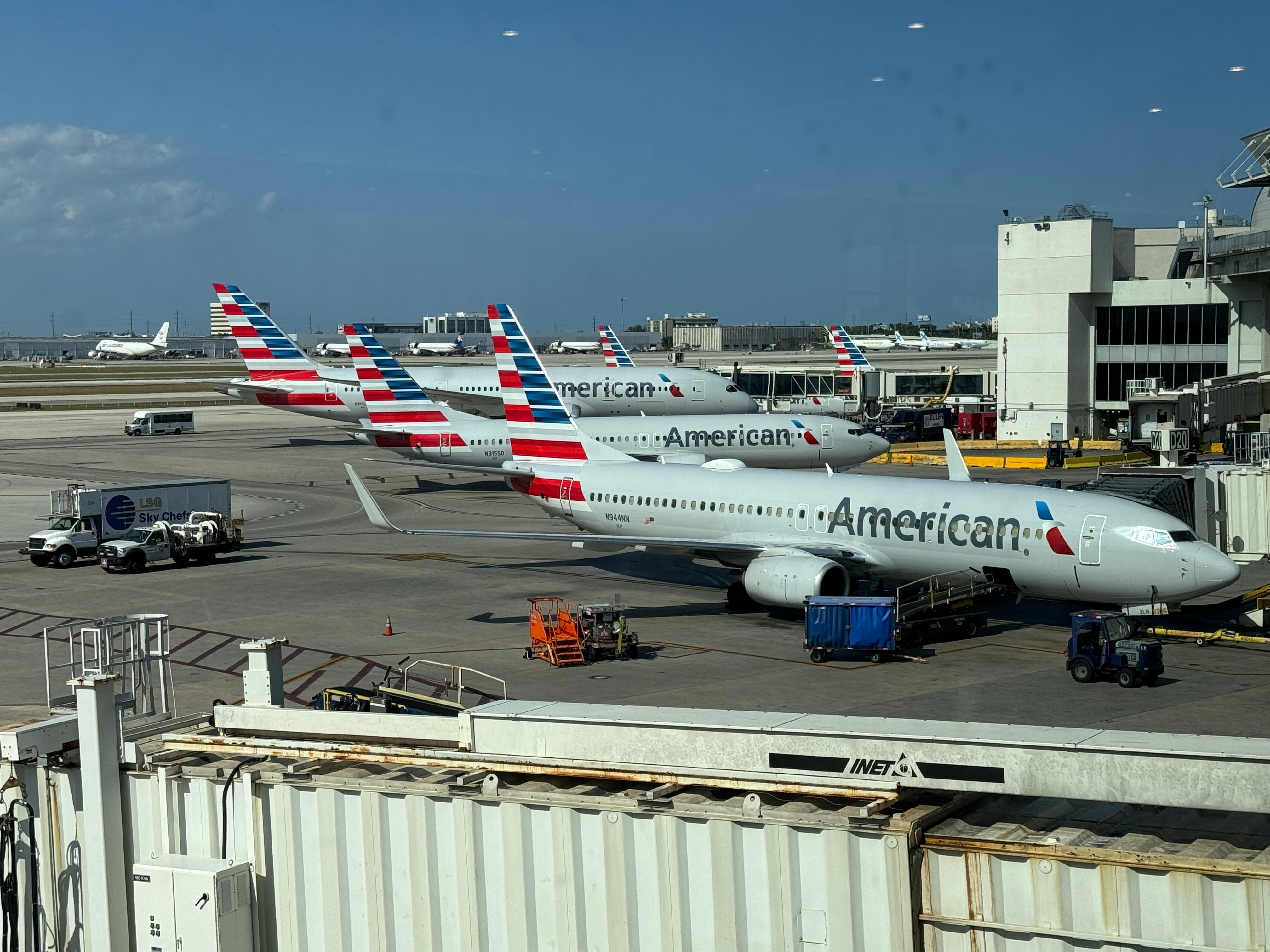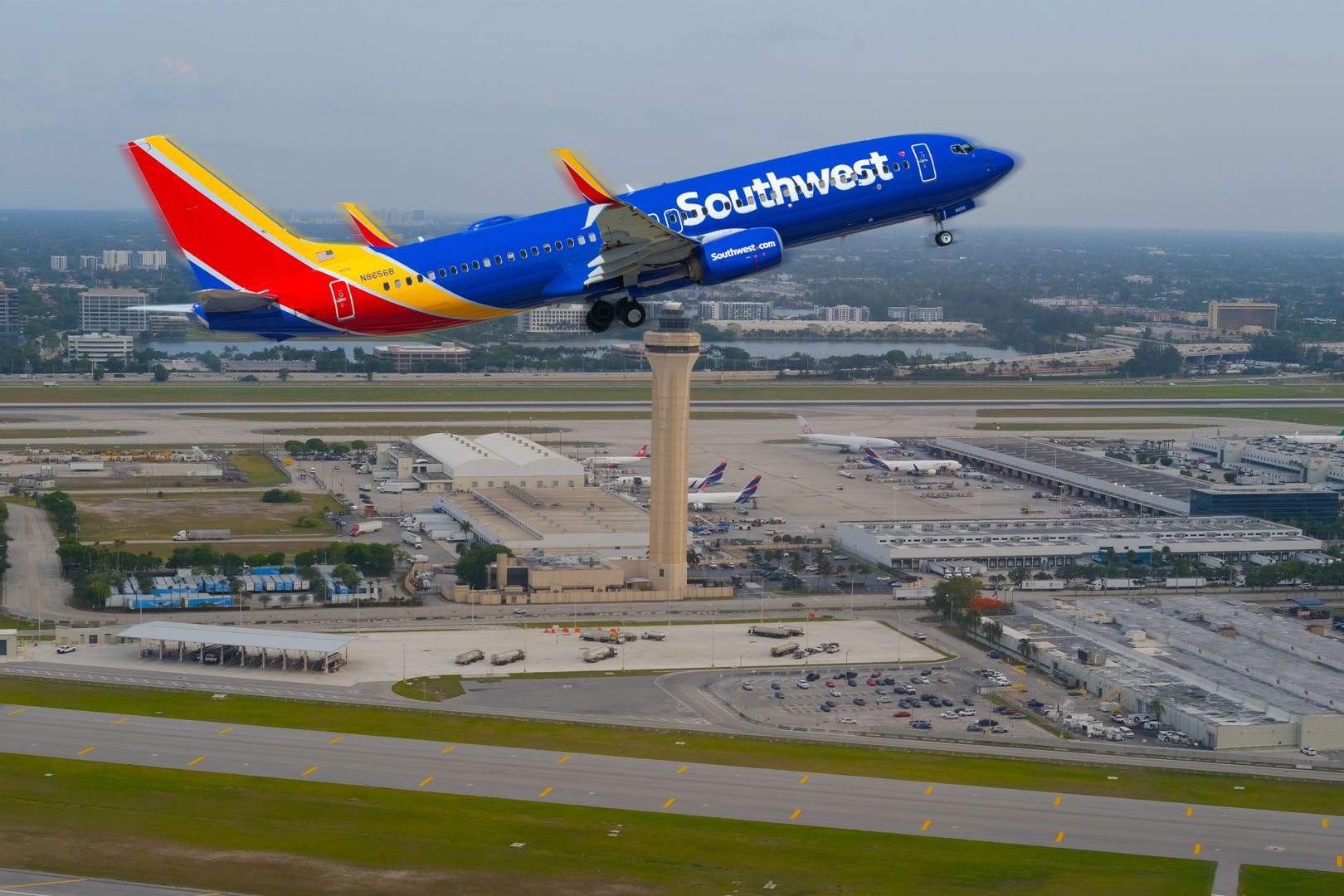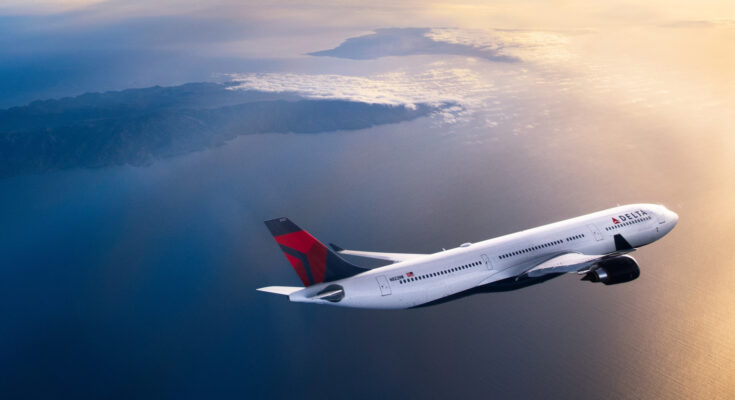Each year, The Wall Street Journal publishes a comprehensive ranking of major U.S. airlines based on objective, customer-focused performance indicators. The 2024–2025 edition of the study has highlighted both expected results and surprising upsets.
Key Highlights:

-
Delta Air Lines retained the top spot for the fourth consecutive year, thanks to consistently strong performance in on-time arrivals, low cancellation rates, and minimal involuntary bumping.
-
Southwest Airlines, once a customer favorite, has fallen under intense scrutiny after eliminating its “bags fly free” policy and introducing assigned seating.
-
Spirit Airlines exited Chapter 11 bankruptcy and is working to rebrand itself with a more customer-friendly product offering.
-
American Airlines continues to battle negative customer perception, even as data shows measurable improvements in key service areas.
2024–2025 Airline Rankings (Excluding Hawaiian Airlines)

-
Delta Air Lines
-
Southwest Airlines
-
Alaska Airlines
-
Allegiant Air
-
United Airlines
-
JetBlue Airways
-
American Airlines
-
Spirit Airlines
-
Frontier Airlines
Hawaiian Airlines was excluded due to its limited national footprint and regional focus.
Airline Performance Metrics (WSJ Criteria)
| Metric | Description |
|---|---|
| On-time Arrivals | Percentage of flights arriving within 15 minutes of scheduled arrival time. |
| Cancelled Flights | Frequency of canceled services across the airline’s network. |
| Extreme Delays | Number of flights delayed by 45 minutes or more. |
| 2-Hour Tarmac Delays | Instances of passengers stuck on planes for 2+ hours without takeoff or gate. |
| Mishandled Baggage | Rate of lost, damaged, or delayed luggage. |
| Involuntary Bumping | Frequency of denied boarding for confirmed ticket holders. |
| Customer Complaints | Volume of formal complaints filed with the U.S. Department of Transportation. |
These seven equally weighted metrics form the backbone of The Wall Street Journal’s annual ranking, offering a data-driven look into airline performance.
Delta’s Continued Dominance
Delta Air Lines stands out as the clear winner. The airline has spent years optimizing operational efficiency and refining its customer service model. According to the study, Delta:
-
Had the best on-time performance of any major U.S. airline.
-
Recorded one of the lowest rates of flight cancellations.
-
Maintained an exceptionally low level of involuntary denied boardings, demonstrating effective overbooking management.
This operational reliability is the result of long-term investment in staff training, technology, and crisis management systems. Delta’s commitment to service remains a powerful differentiator in a competitive industry.
Southwest Airlines: From Fan Favorite to Brand in Crisis?
Perhaps the most surprising and controversial move in the industry came from Southwest Airlines. Known for its “bags fly free” policy, open seating, and no change fees, Southwest long positioned itself as the friendly, low-cost alternative to the legacy carriers.
However, 2024 marked a turning point. Southwest announced:
-
The elimination of its free baggage policy.
-
Transition to assigned seating (with extra fees for preferred seats).
-
Downsizing loyalty rewards across most fare classes.
-
A reduction in management staff and aircraft cabin redesign to include premium seating options.
These decisions, prompted partly by Elliott Investment Management acquiring an 11% stake in the airline, have not been well-received. Industry expert Henry Harteveldt told CBS News, “This is how you destroy a brand.” The sentiment reflects widespread dissatisfaction from loyal Southwest passengers who feel betrayed by the airline’s pivot toward traditional fee-based structures.
Spirit Airlines: A Post-Bankruptcy Makeover
Spirit Airlines, long maligned for poor service and ultra-low-cost operations, is aiming for redemption. Following its exit from Chapter 11 bankruptcy proceedings, Spirit has announced a pivot away from the rigid ULCC (ultra-low-cost carrier) model. It now plans to offer:
-
More fare classes
-
Additional onboard services
-
Flexible product bundles
While the transition is in early stages, it could pave the way for a stronger reputation and improved customer loyalty. Spirit’s recovery may serve as a blueprint for other budget airlines looking to evolve without alienating their base.
American Airlines: A Case of Mismatched Perception

Operational data shows American Airlines performing better than many travelers give it credit for. However, customer sentiment remains negative. Why the disconnect?
-
American’s financial strategy has included aggressive cost-cutting and stock buybacks, which some argue have come at the expense of customer experience.
-
It has also imposed higher fees, reducing passenger goodwill over time.
-
As TexasMonthly reports, American has “tested the limits” of customer tolerance with frequent changes to policies and pricing.
This case demonstrates the lasting impact that poor perception can have—even when actual performance improves.
Why Rankings Often Clash with Public Opinion
The gap between airline data and customer perception is driven by emotional experiences. A single frustrating incident—such as a lost bag or rude interaction—can shape a passenger’s opinion for years, even if it’s not reflective of an airline’s overall performance.
Other drivers behind these perception gaps include:
-
Media Coverage: Airlines involved in high-profile incidents often face lasting reputational damage.
-
Customer Expectations: Legacy carriers are held to higher standards than budget airlines.
-
Brand Loyalty: Changes in loyalty programs or pricing models can erode trust quickly.
Key Drivers of Airline Performance and Customer Perception
| Factor | Impact on Performance & Perception |
|---|---|
| Operational Reliability | High punctuality and low cancellations create customer trust. |
| Customer Service Culture | Empathetic, empowered staff can transform bad situations into loyalty drivers. |
| Financial Management | Sustainable investments improve long-term performance and service. |
| Transparent Pricing | Honesty and consistency in pricing strengthen brand loyalty. |
Choosing the Right Airline: What Travelers Should Know
While national rankings offer valuable insight, travelers should consider route-specific and personal travel needs. Here are key tips to choose wisely:
1. Evaluate Route-Specific Data
Not all routes are created equal. An airline may perform well in general but have poor stats on specific city pairs or hubs.
2. Compare Total Travel Cost
Base fares often hide fees. Include costs for bags, seat selection, meals, and changes before booking.
3. Consider Loyalty Program Value
Many frequent flyer programs are being devalued. Reassess whether the benefits justify your loyalty.
4. Prioritize Direct Flights When Possible
Fewer connections reduce the chance of delays, baggage issues, or missed flights.
The Industry Outlook
These rankings reflect broader shifts in U.S. aviation. The consolidation of carriers, changing investor influence, and a customer base that’s more data-savvy than ever are reshaping the way airlines must operate.
To thrive, airlines must deliver both operational consistency and service authenticity. Fancy cabin upgrades or slick marketing won’t offset poor punctuality or aggressive fee structures. Ultimately, long-term success hinges on delivering what passengers value most: reliability, fairness, and transparency.



